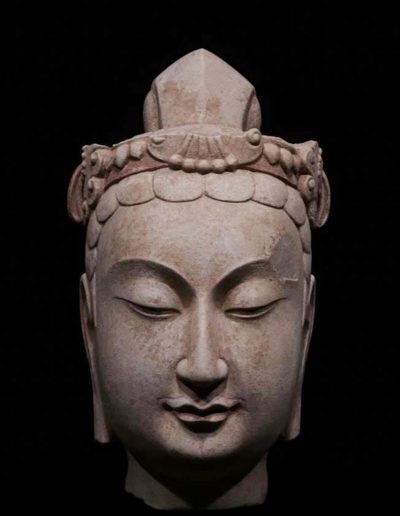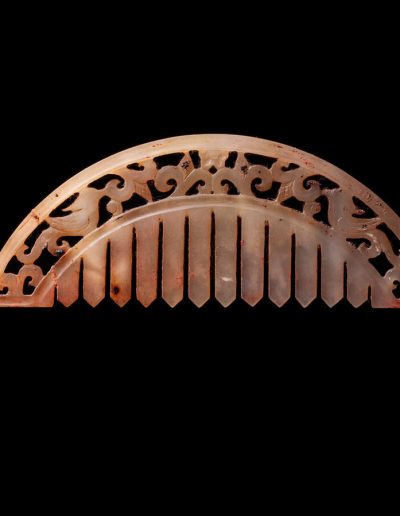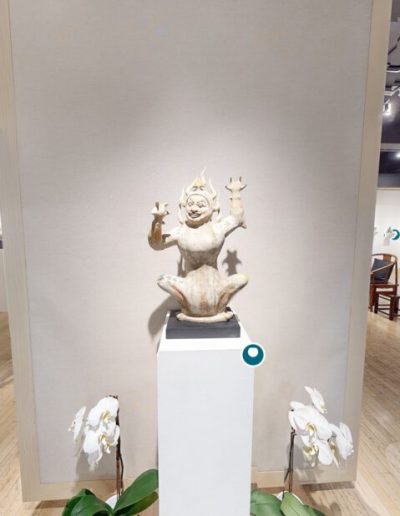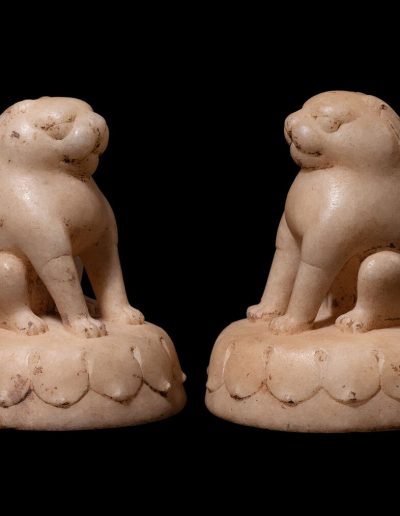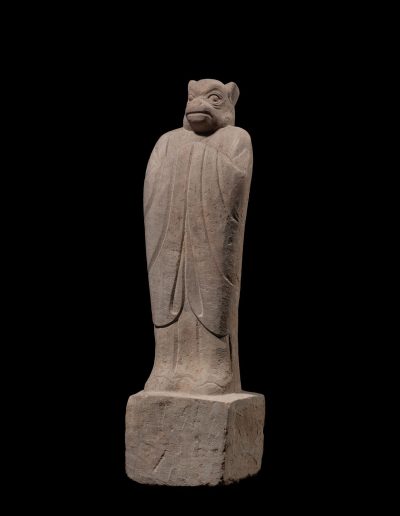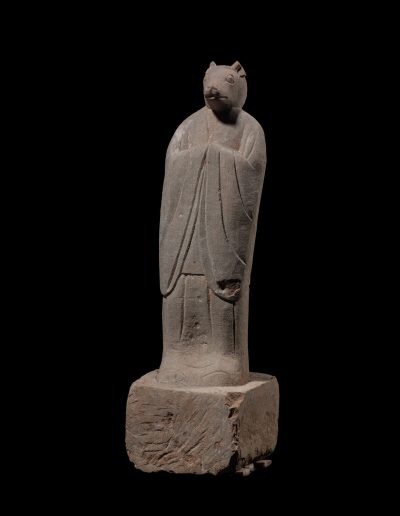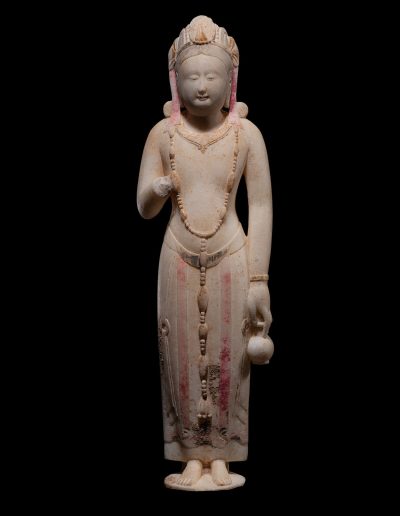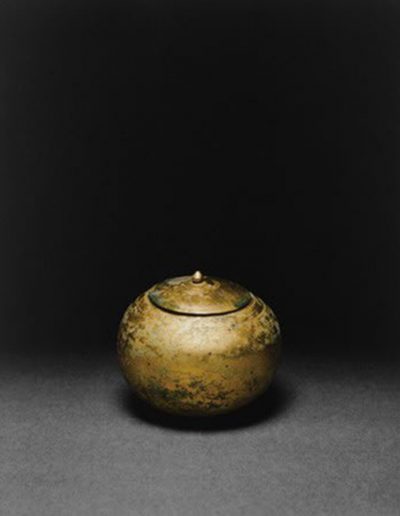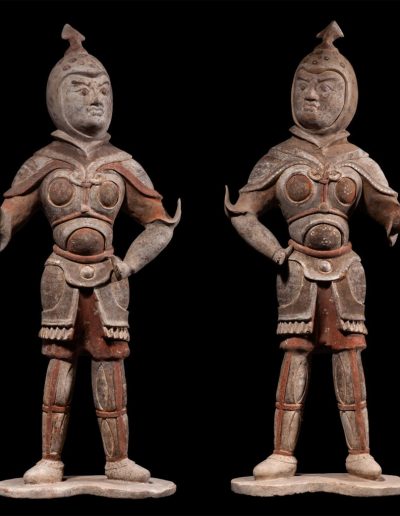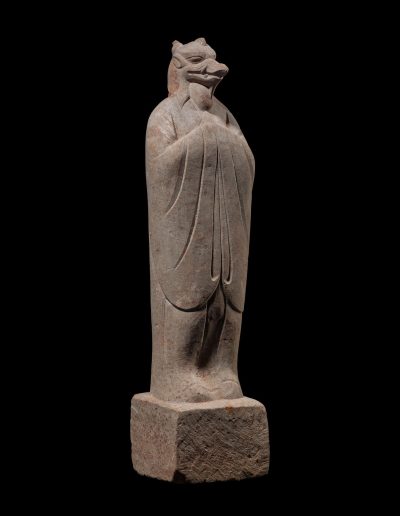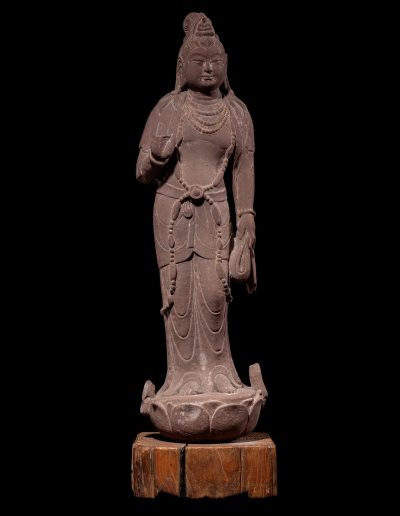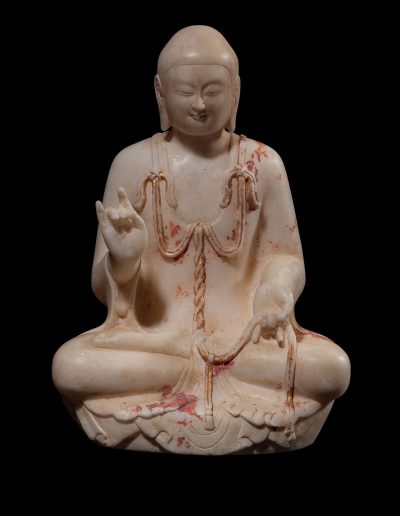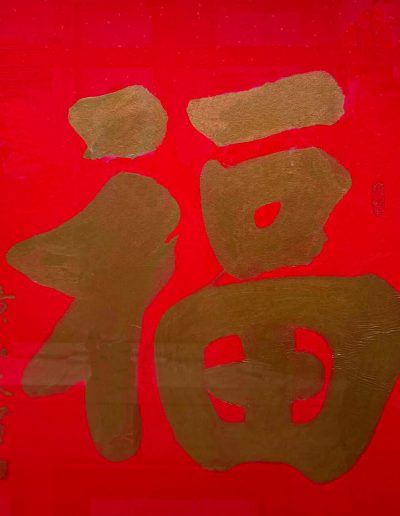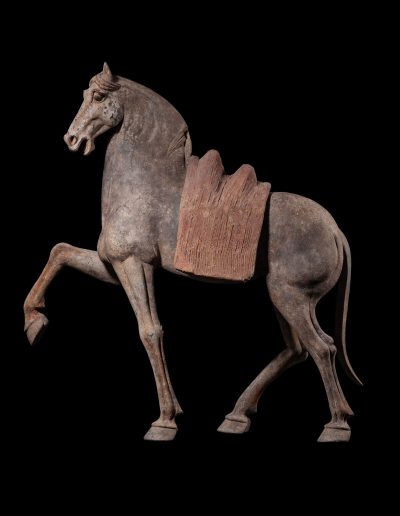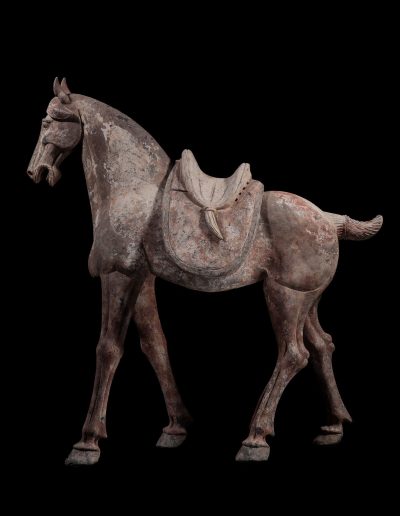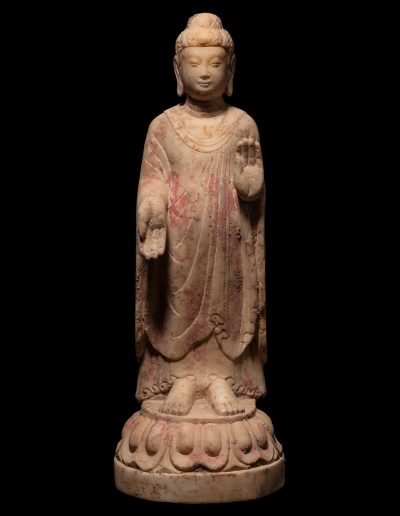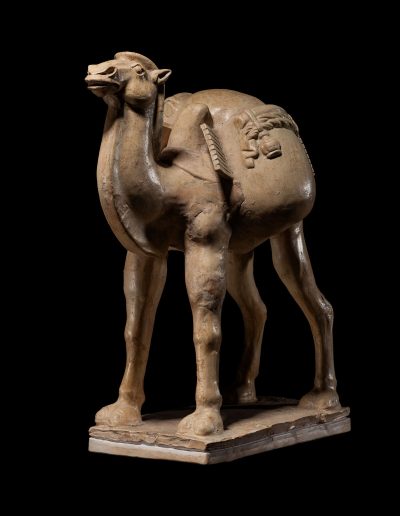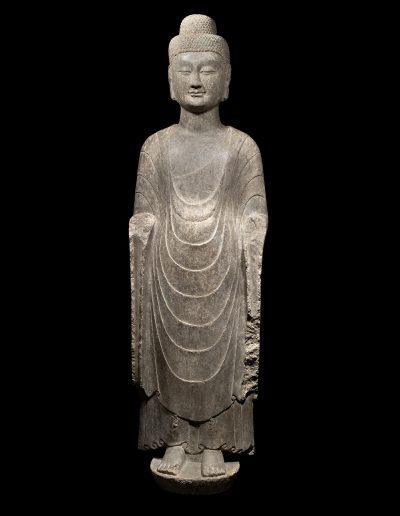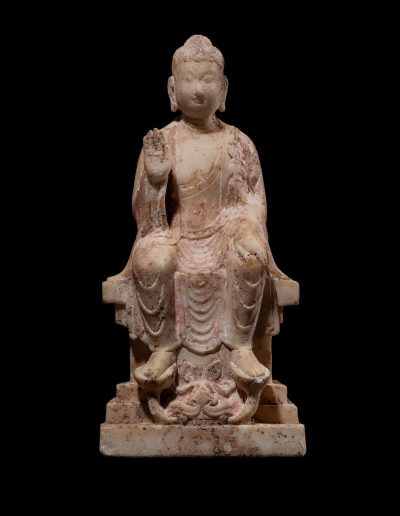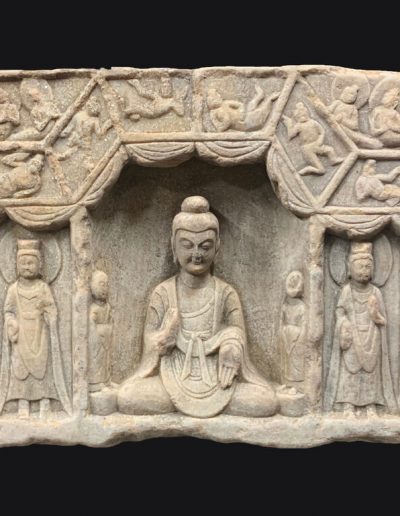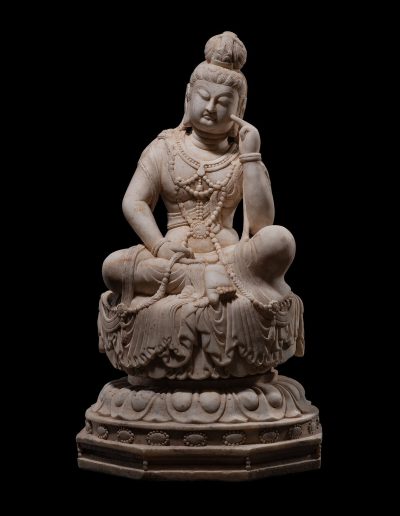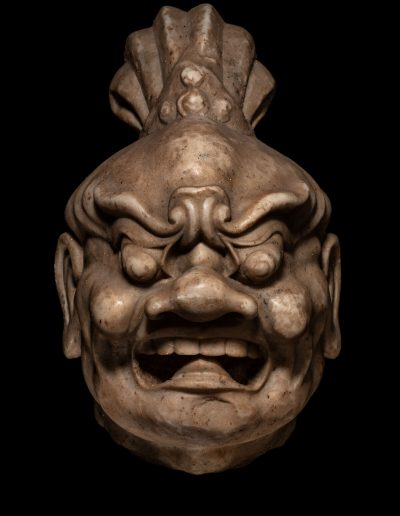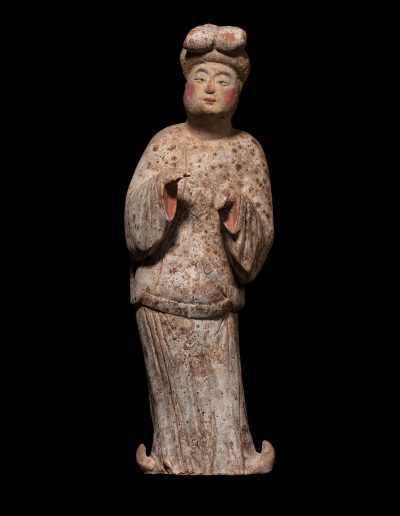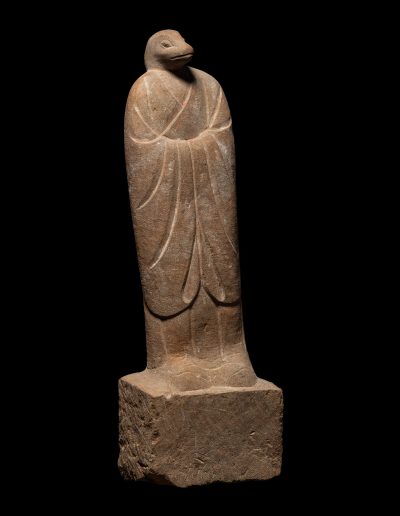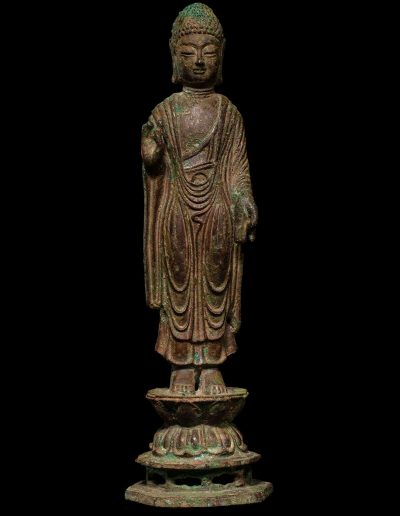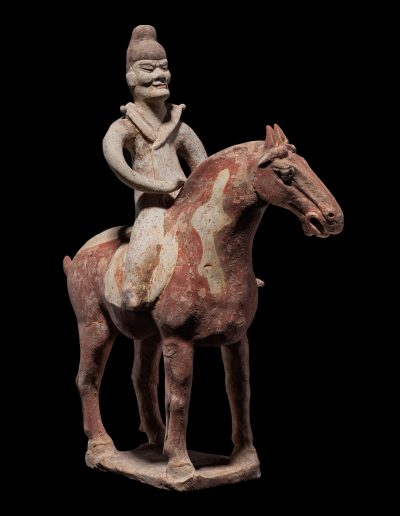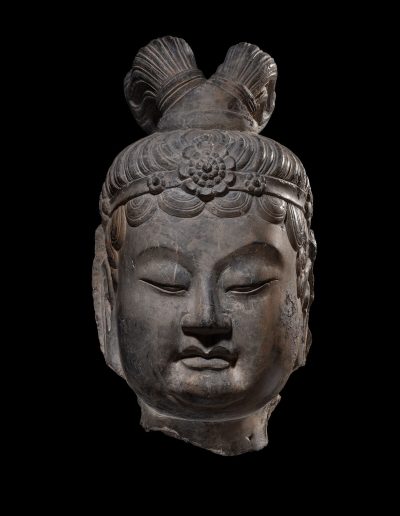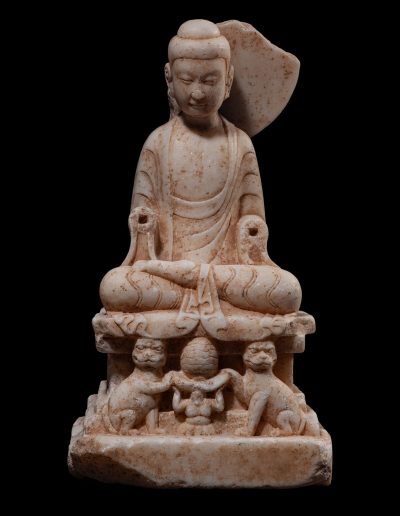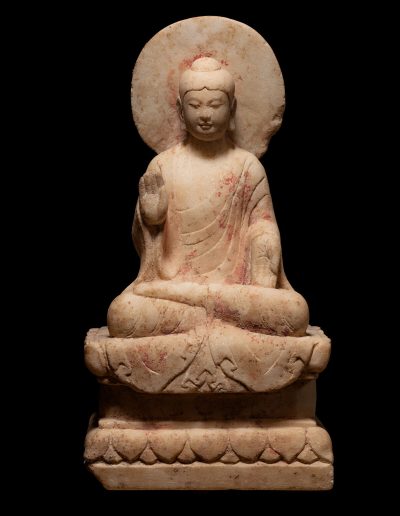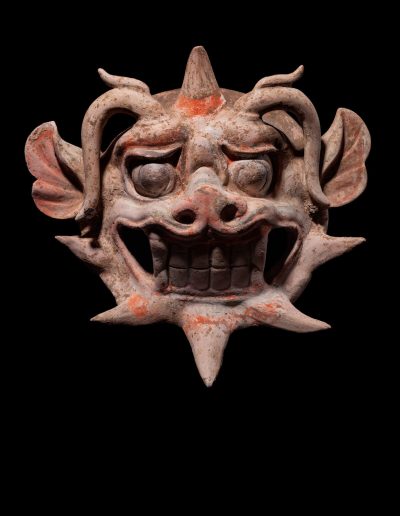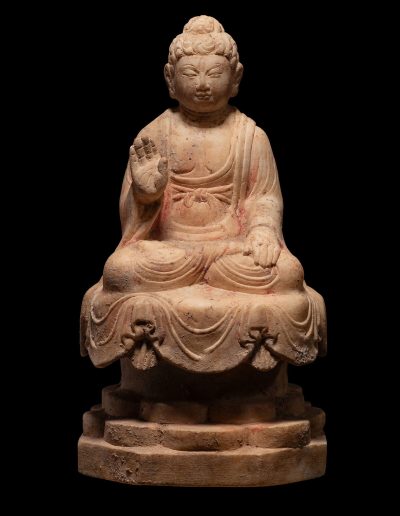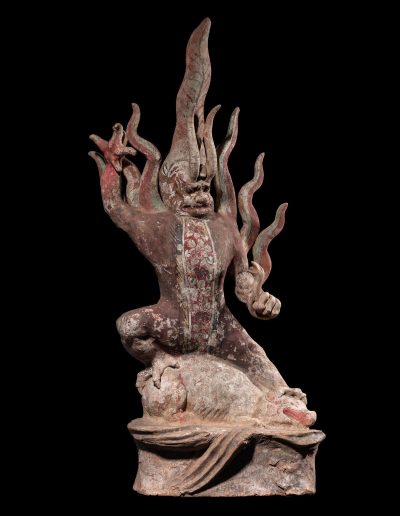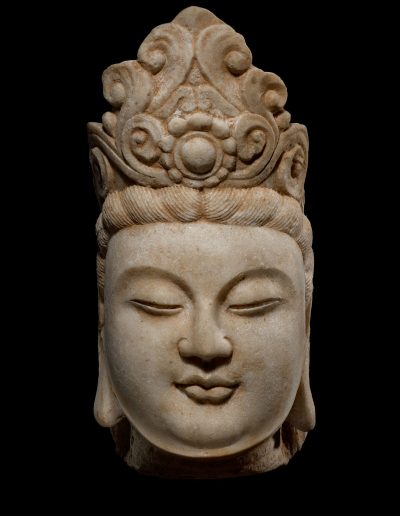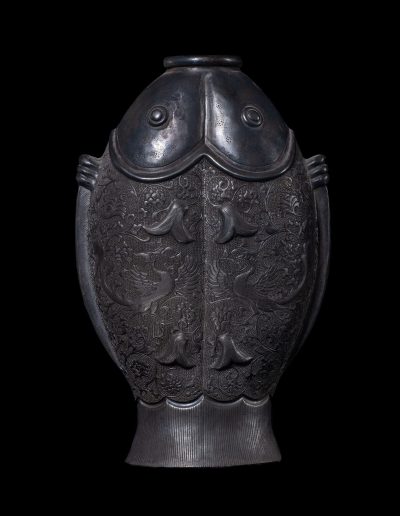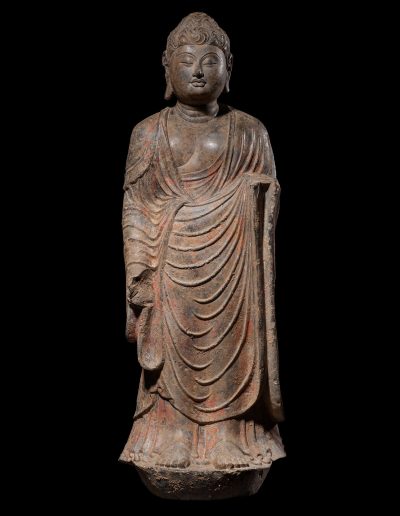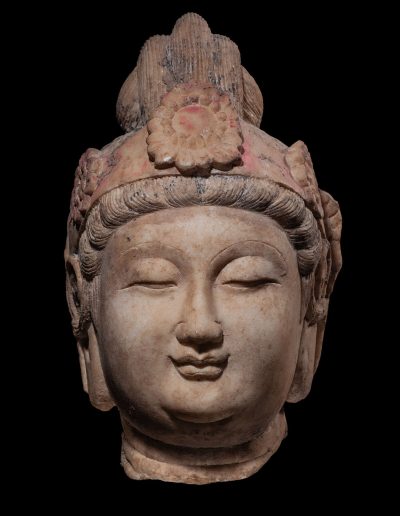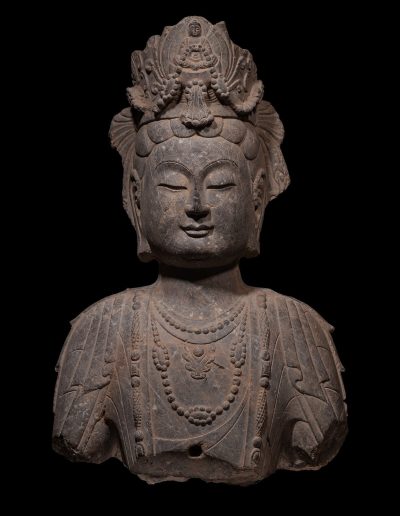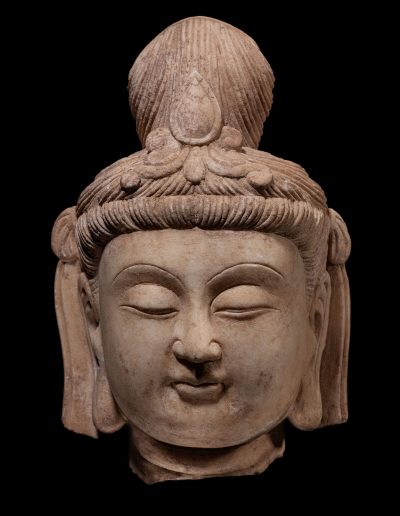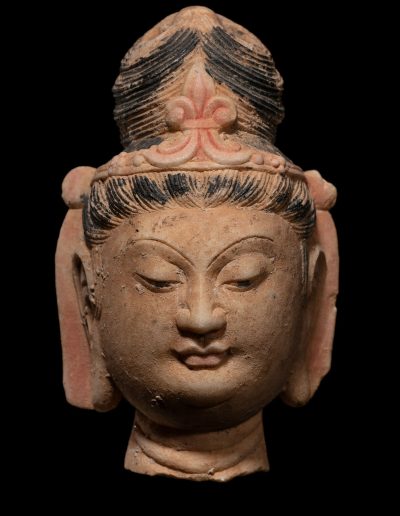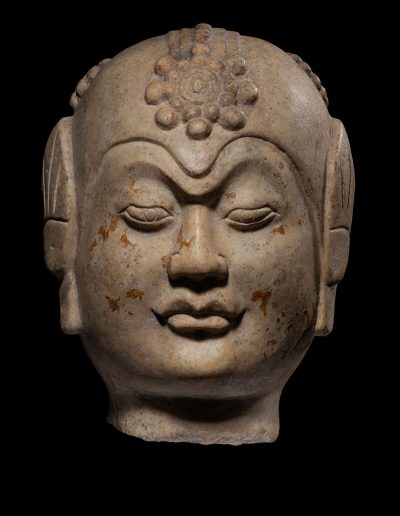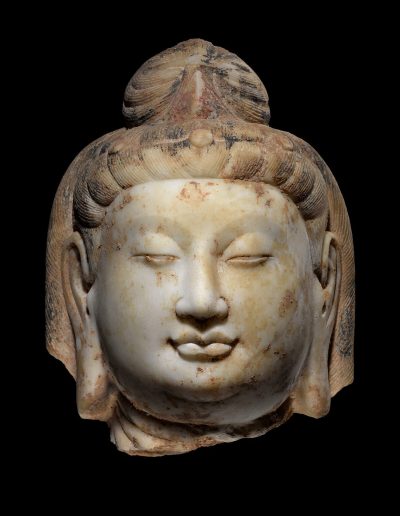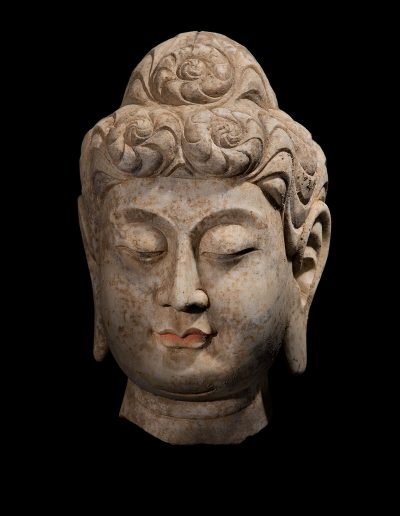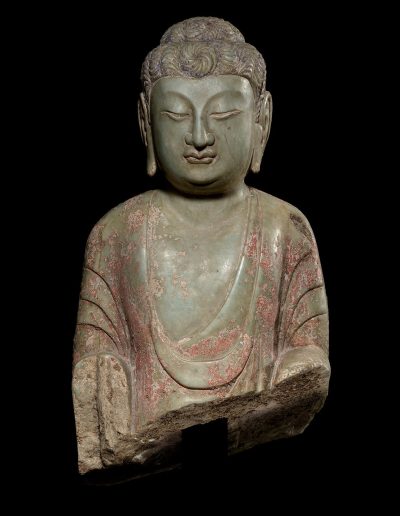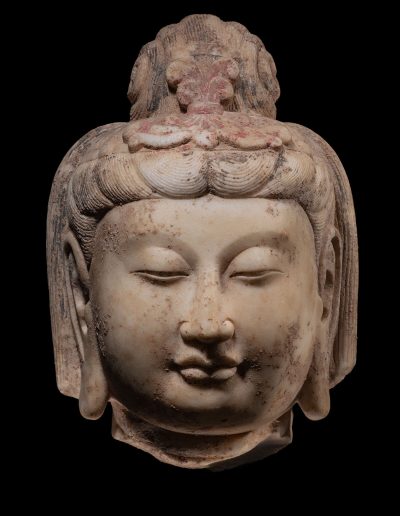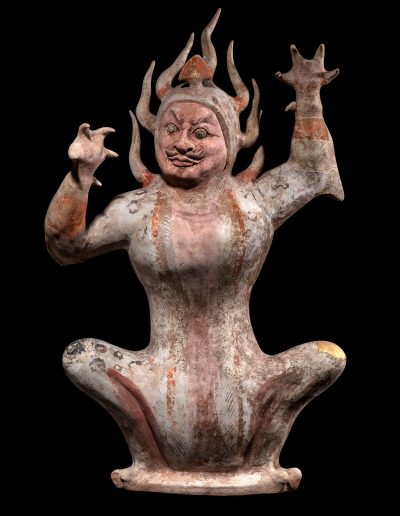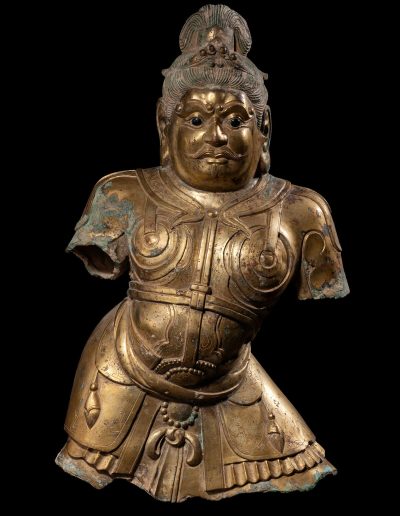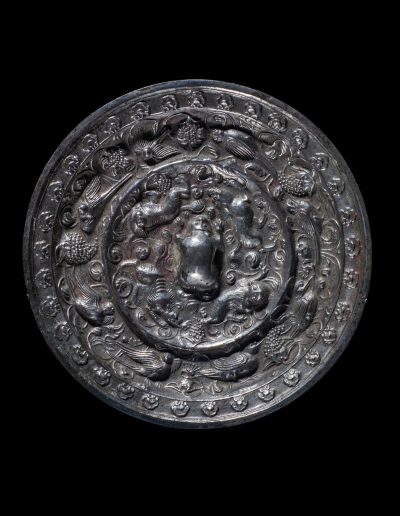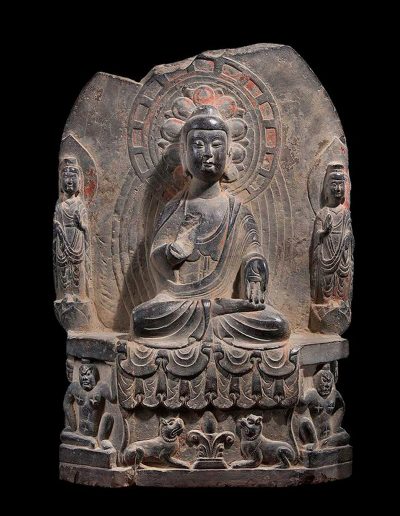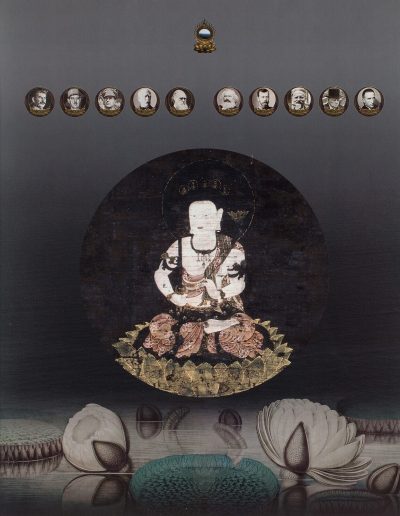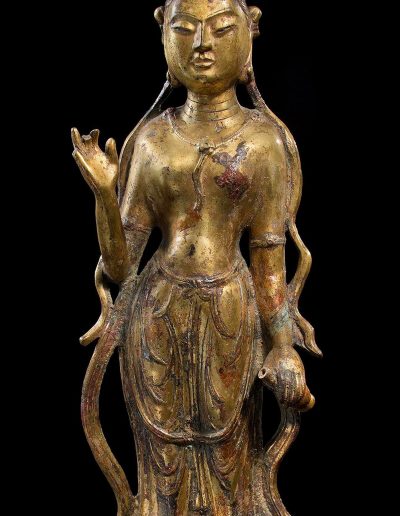Tang Dynasty Exhibit
Up to May 10th, 2025
Tang Dynasty Exhibit Brochure
Complete with the artists’ works, and stock numbers when referencing for purchase.
Tang China was one of the greatest empires in the medieval world. The Dynastyhad strong but benevolent rule, successful diplomatic relationships (from Persia to Indiato Japan), economic trade, and a cultural openness and flowering. Indeed, the Tang Dynasty is ranked as the classical period of Chinese art. The era was also the golden age of Buddhism in China—an outgrowth, in large part, of interaction with India.
The images of the Buddha in the show are robust. There are two figures of the Buddha in bronze and one in jade. The other figures of the Buddha are carved from sandstone, limestone, and marble. All the Buddhas are beautifully cast or carved and are soothing: they invite contemplation. These images would have adorned temples,though some small figures may have been used for private devotion. The figures survived the purges of Buddhism in Chinese history (unfortunately some were damaged). An albumen photograph at the gallery, by Afong Lai, dating to the 1870s, shows dozens of small-scale figures in a single temple. Many—if not most—of these temples have been closed, with the devotional objects within them scattered. (The building of the “Three Gorges Dam,” begun in 1983, led to many of the surviving temples also being closed.)
The beautifully glazed Tang ceramics in the exhibit include vessels and imagesof humans, gargoyles, and animals. In jade, the Tang favored images of dogs and horses. Small ceramic and jade objects have always been traded, with many finding their way to the Middle East, as well as to distant corners of Asia, from Indonesia to Korea to Japan. Centuries later, Europeans collected surviving Tang works of art. The art from this golden age of Chinese civilization has always been widely appreciated.
All the pieces exhibited were purchased from collections in the United States, Europe, and Hong Kong, and all of them were in the United States well before 2009 (the year the Chinese government began to restrict their export). Each work of art has been thoroughly studied and vetted by Gu Fang, an accomplished scholar, and Frank Aon, anauthority on authenticating ancient artifacts.
The exhibit is open to the public and offers a fascinating window into Chinesehistory and art.

